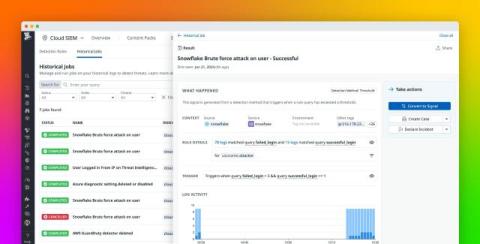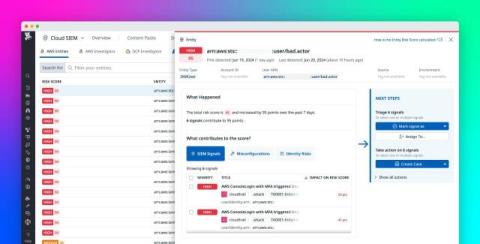Detect SSRF attacks in cloud applications and APIs
APIs can be vulnerable to a wide variety of attacks, such as poor inventory management and access controls, making them a primary target for attackers. Server-side request forgery (SSRF) is one type of attack that has become more prominent with the rising use of public clouds. This is primarily due to new development practices like using Instance Metadata Services (IMDS) to access valuable information about deployed instances, such as credentials.











